Are ARRI Lenses Worth the Price? A Technical Examination
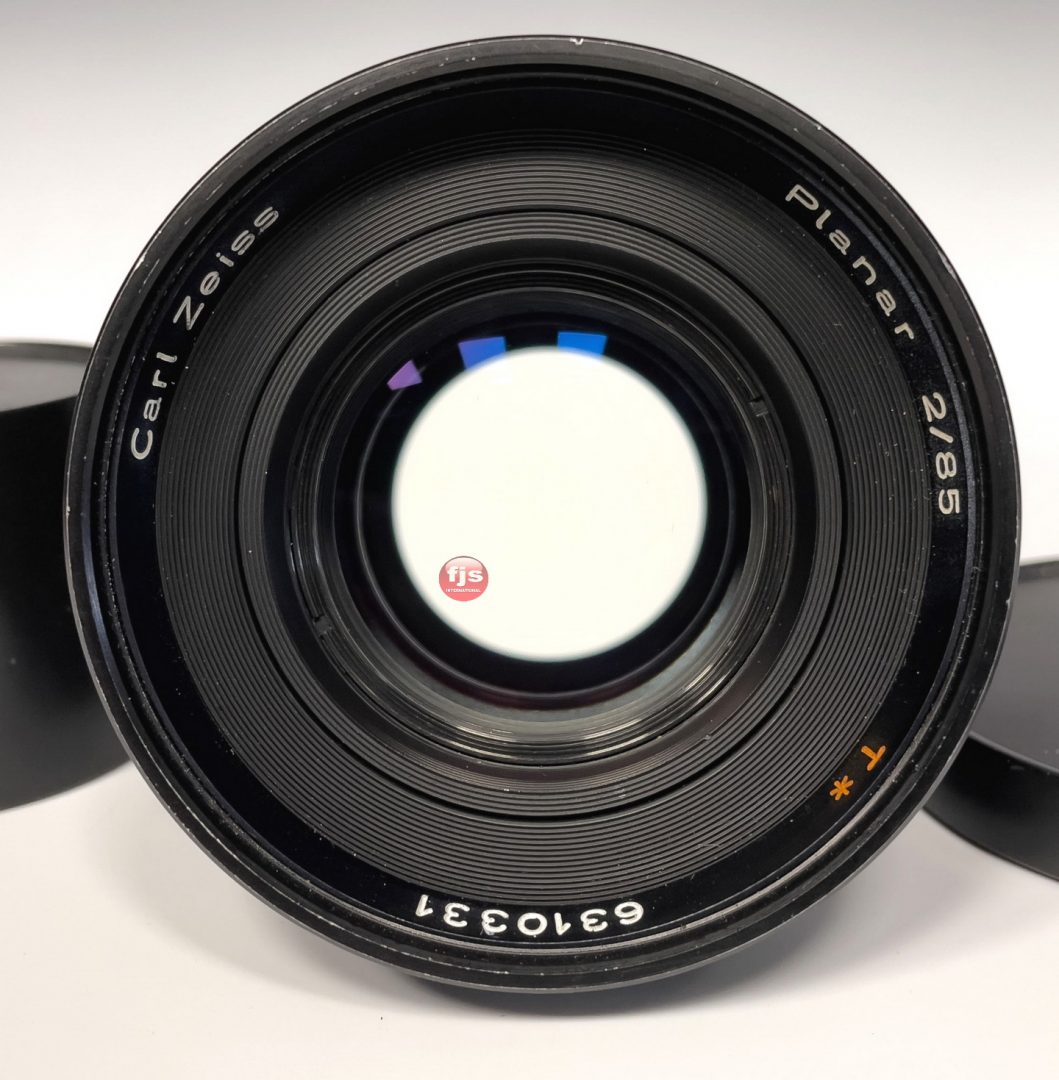
ARRI, a name synonymous with high-end cinema, produces lenses that command a premium. But beyond the brand prestige, what technical and optical merits justify their substantial cost?
A Technical Deep Dive: The ZEISS Differentiators
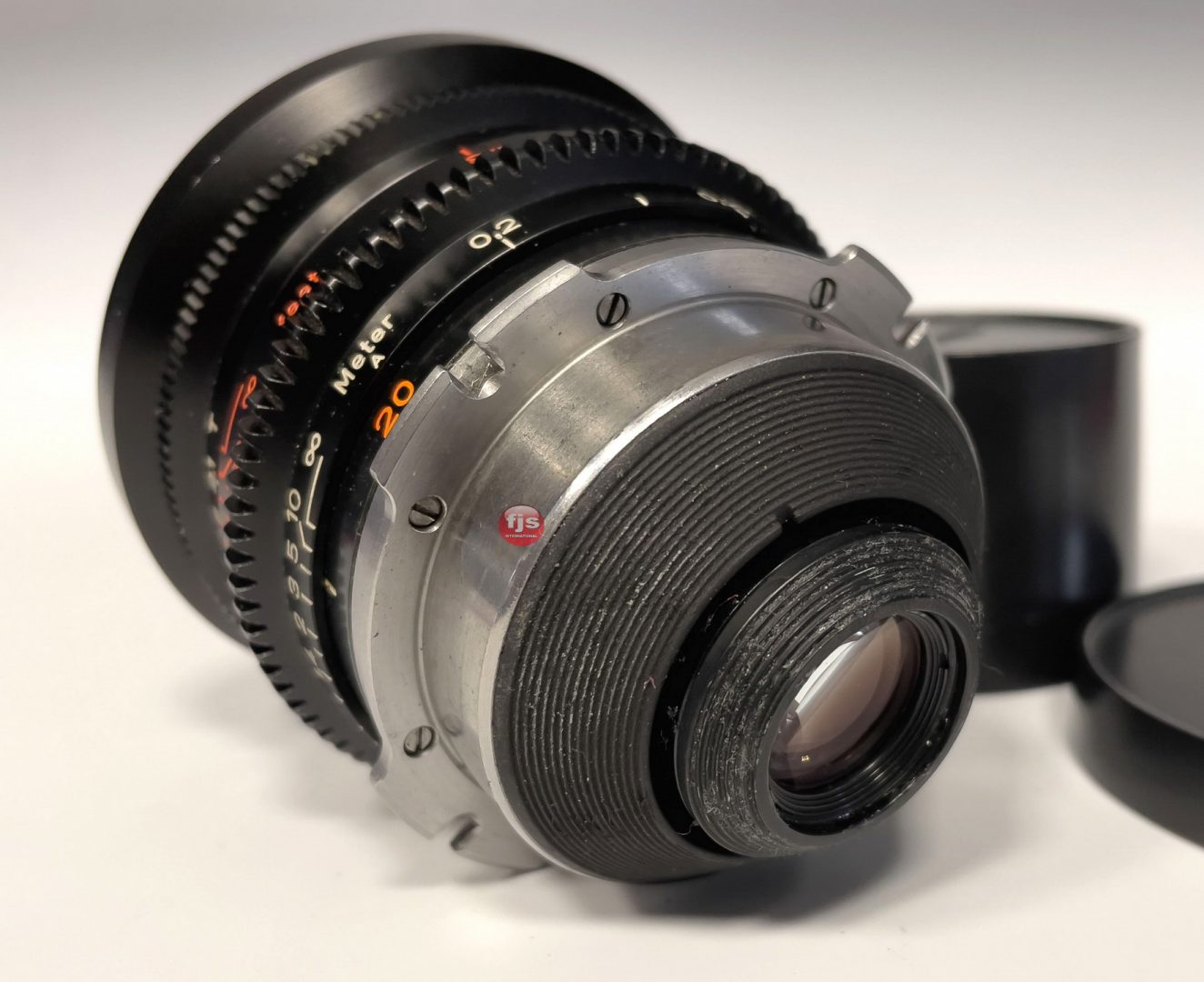
ZEISS has long been a preeminent name in optics, but what truly distinguishes their lenses from others? This article explores the core technological and manufacturing differences that set ZEISS apart in the vision care industry.
A ZEISS Lens for Every Macro Photographer
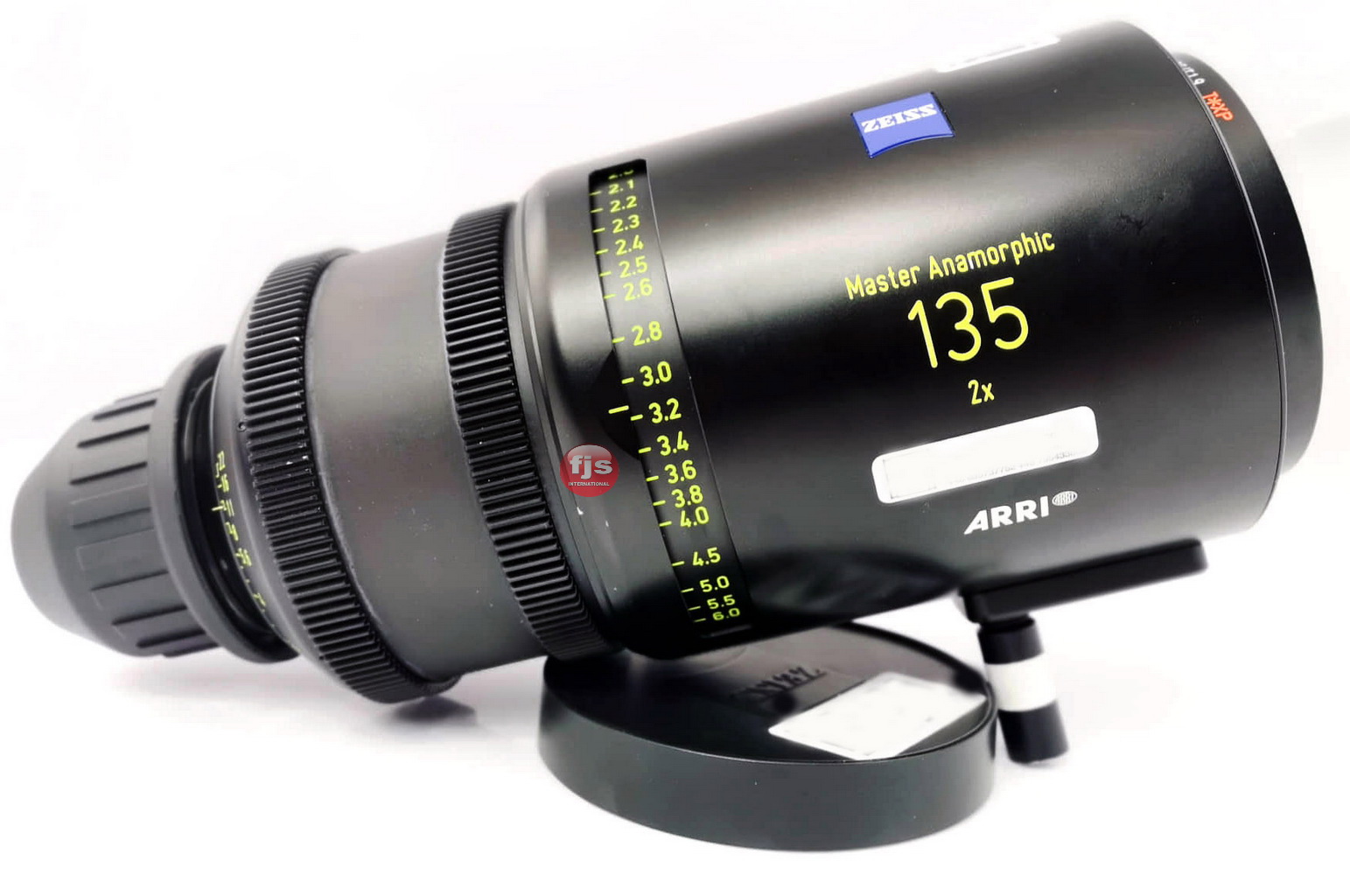
Choosing the best ZEISS lens for macro photography involves understanding key technical specifications that influence your creative approach and results.
The Best ZEISS Lenses for Landscape Photography
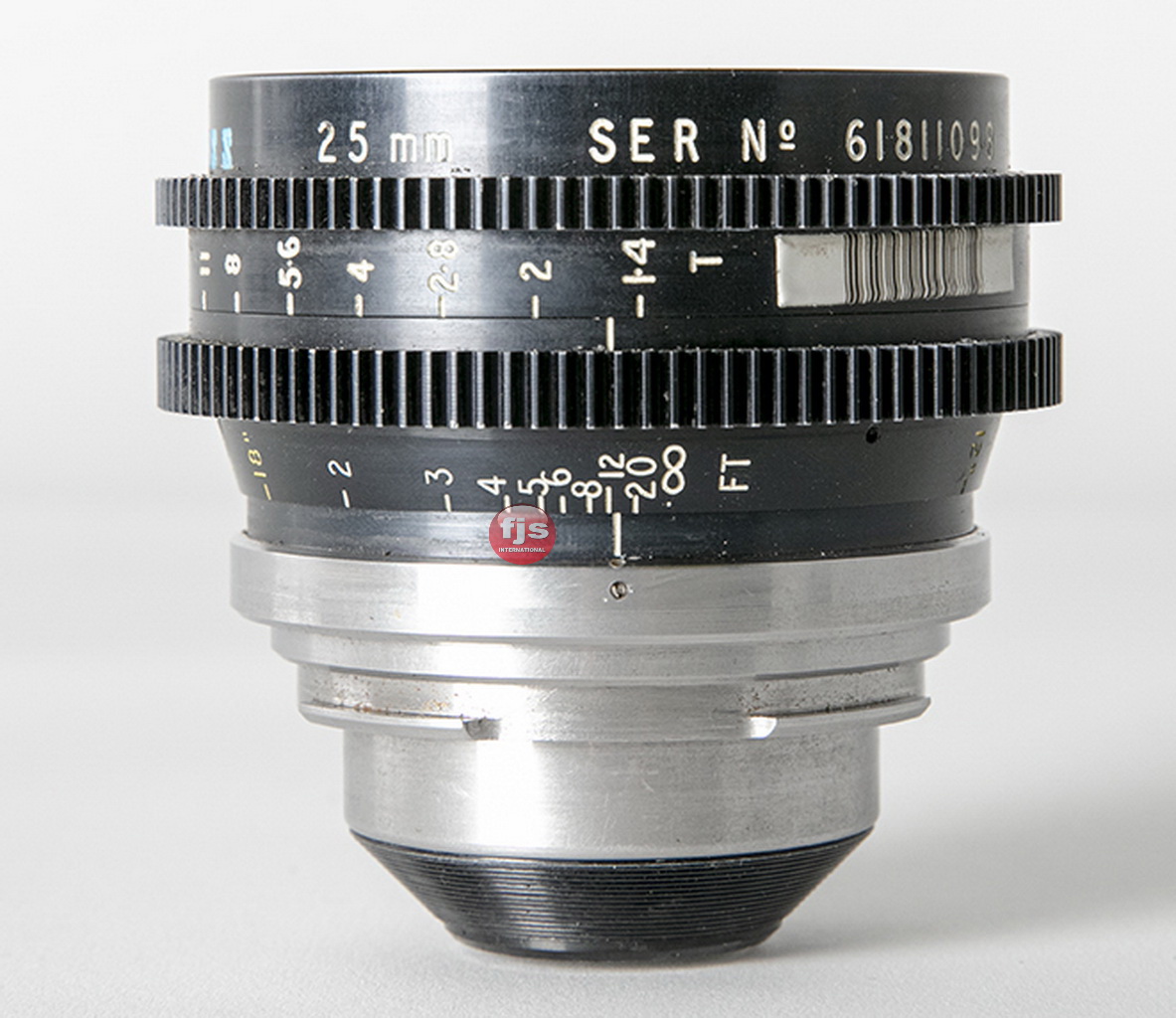
Capturing the grandeur of a landscape requires a special lens. ZEISS offers a distinguished lineup known for their exceptional resolution and color rendering.
The Best ZEISS Lenses for Portrait Photography
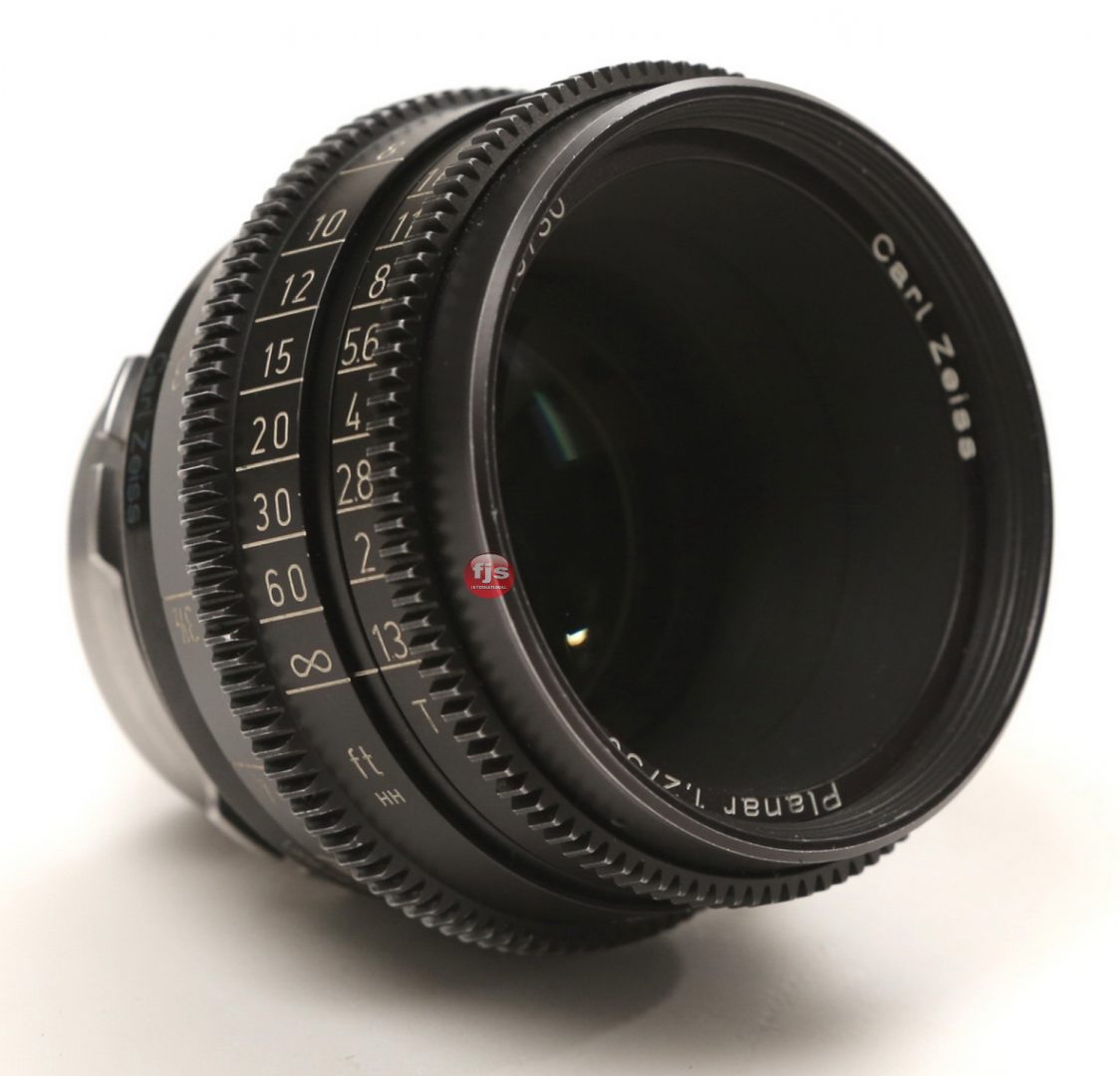
Finding the perfect lens for portraiture is a critical decision, and ZEISS offers a range of options known for their exceptional optical quality and unique rendering. Let’s explore some of the top choices.
The Best ZEISS Lenses for Portrait Photography
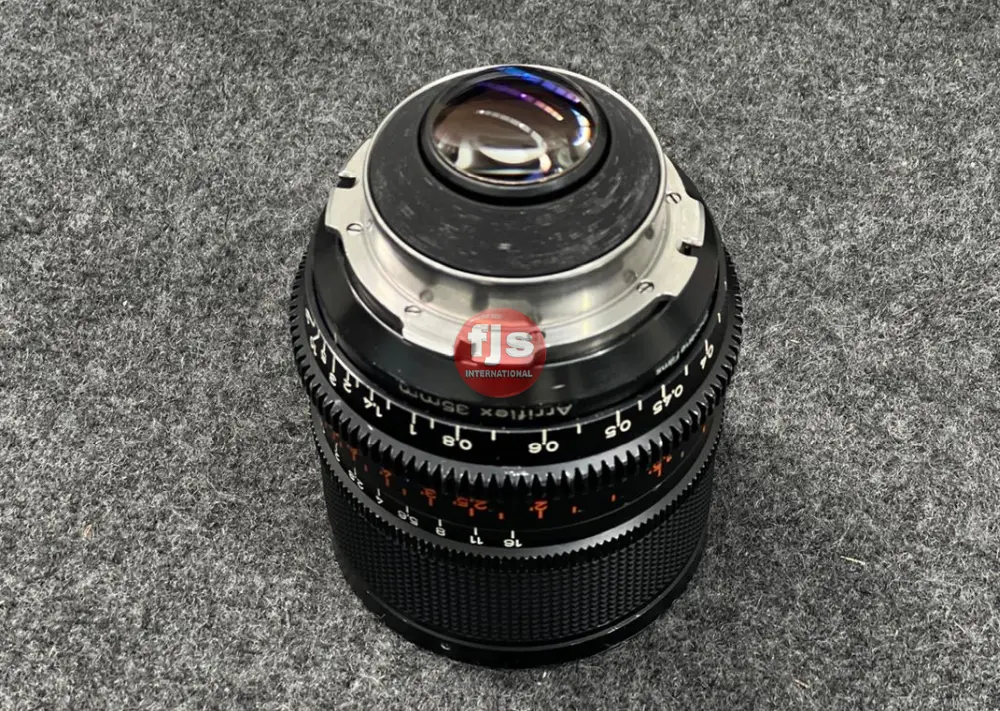
Finding the perfect lens for portraiture is a critical decision, and ZEISS offers a range of options known for their exceptional optical quality and unique rendering. Let’s explore some of the top choices.
Features and Benefits of ZEISS Lenses
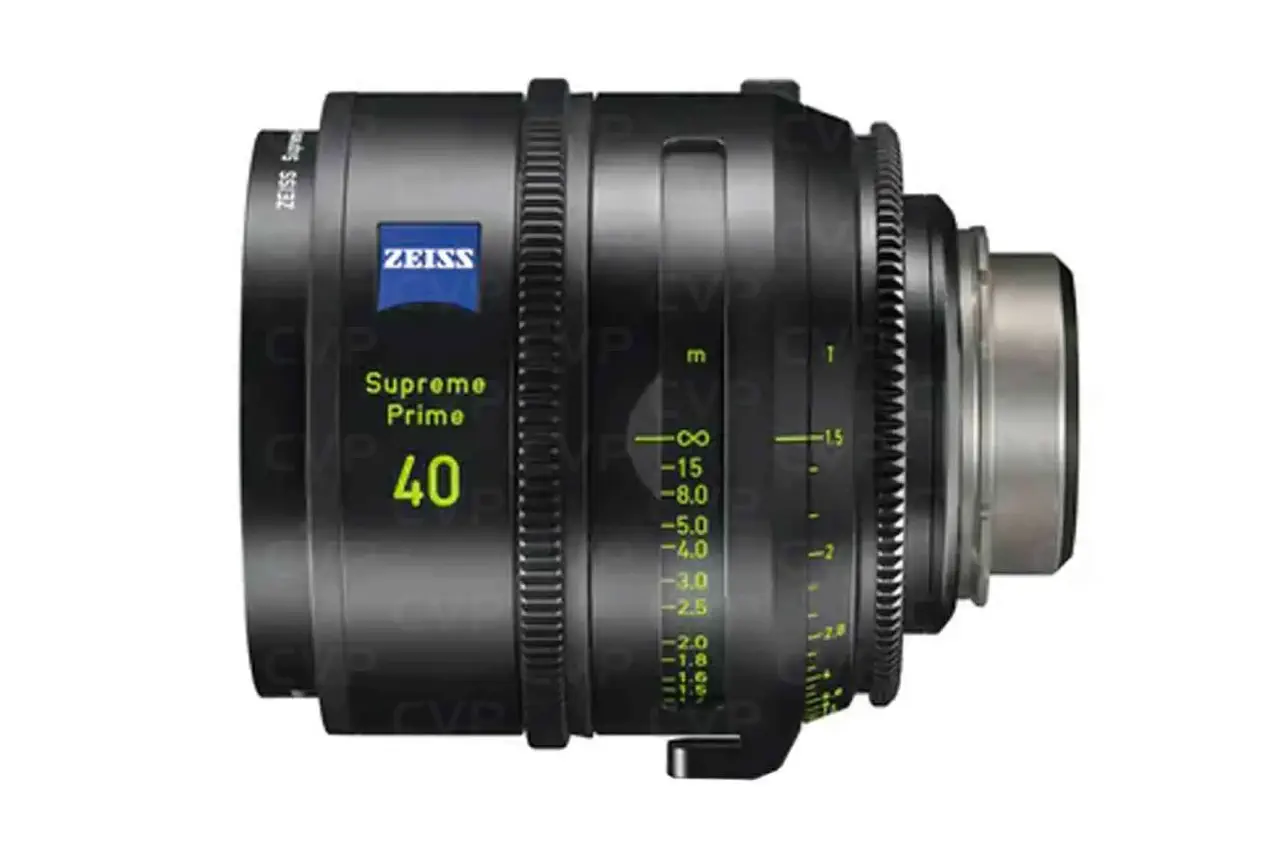
Are ZEISS lenses worth the price?
ZEISS Unpacking a Global Manufacturing Network

When considering high-precision optics, the name ZEISS is synonymous with German engineering excellence. However, the manufacturing footprint of this global technology enterprise extends far beyond its storied origins, encompassing a sophisticated, worldwide network of production facilities.
Key Features and Benefits of ZEISS Lenses in Space
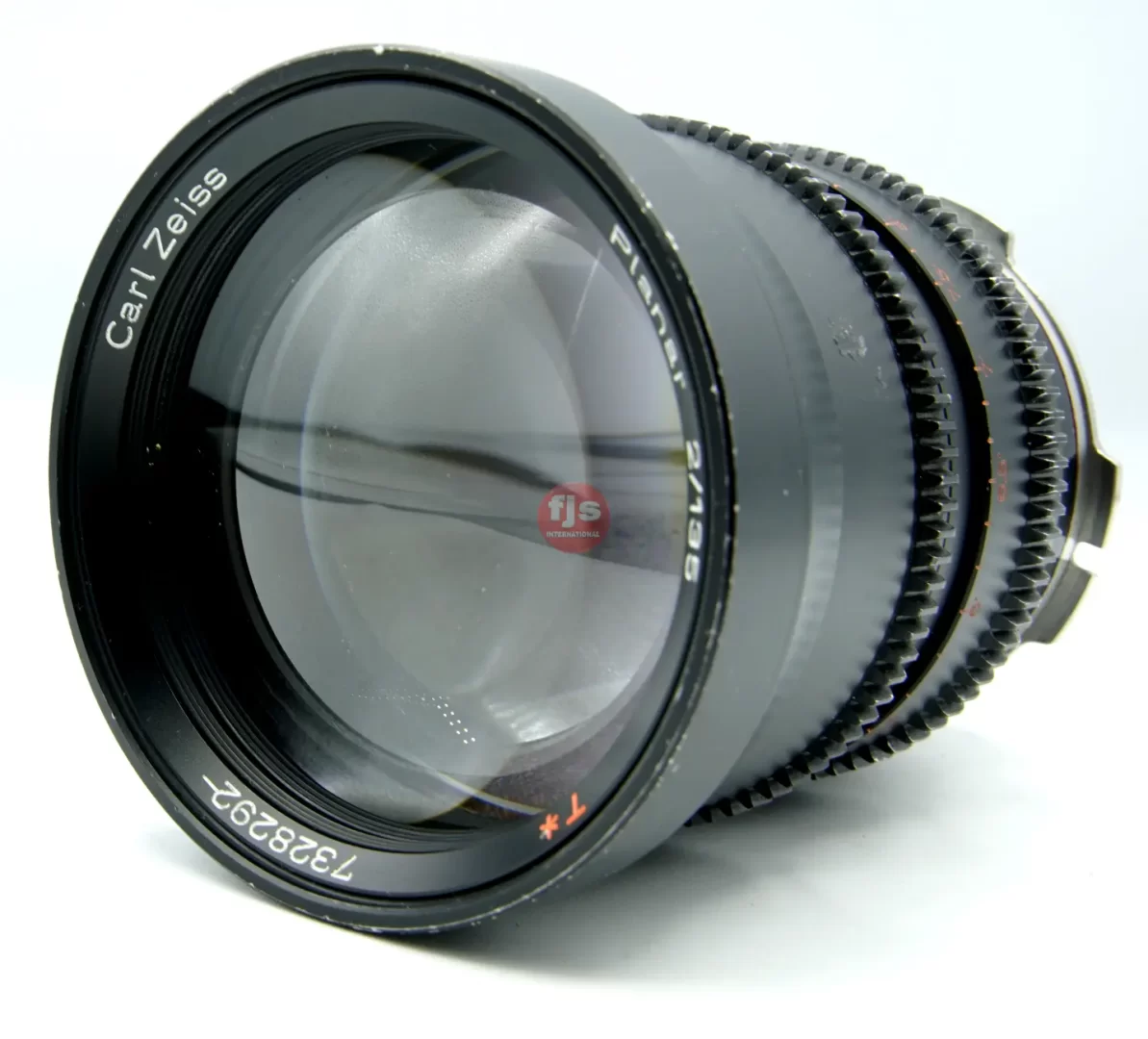
The extreme conditions of space, including a vacuum, zero gravity, and radical temperature changes,
Can Filters Improve the Clarity of Blurry Images?
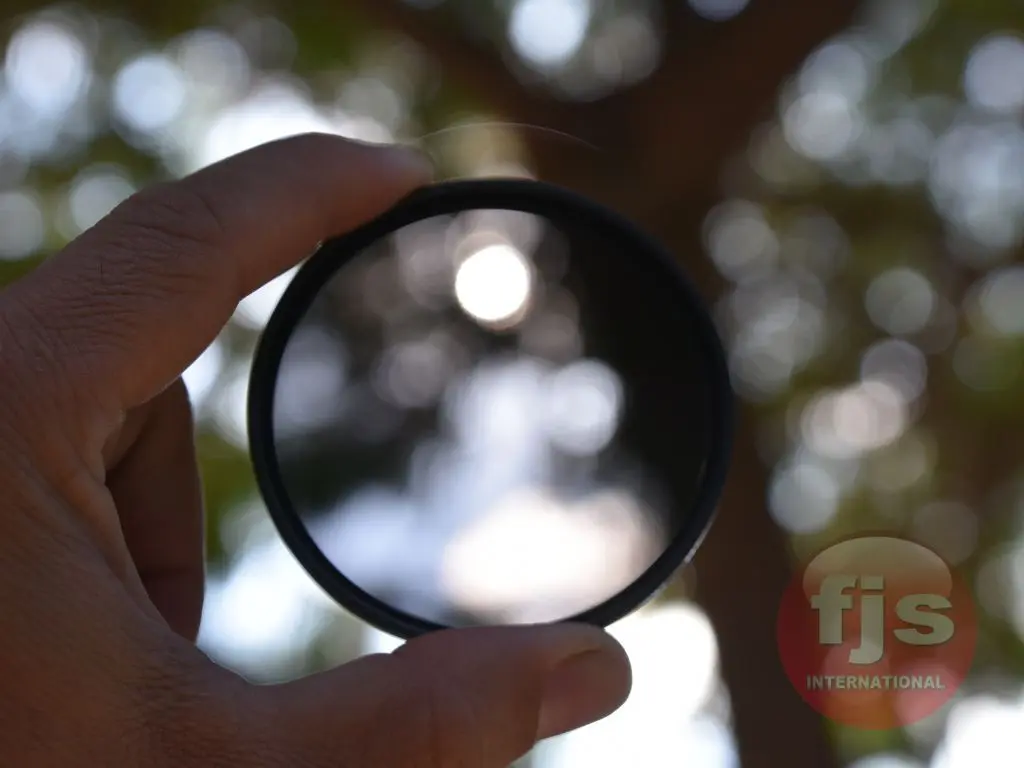
It’s a common misconception that certain camera filters can magically fix a blurry photograph. Unfortunately, if an image is blurry due to focus error, motion blur, or camera shake,
